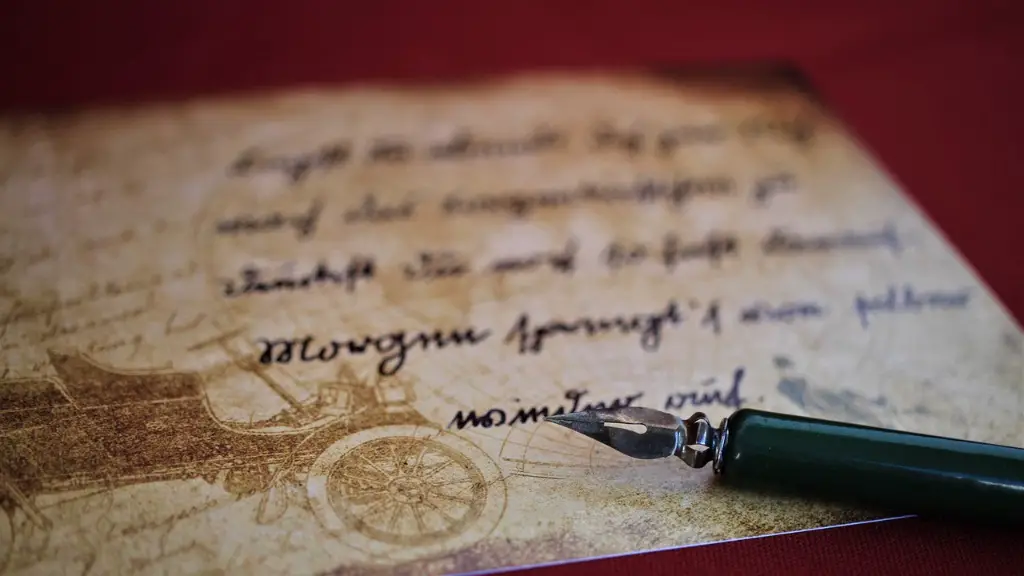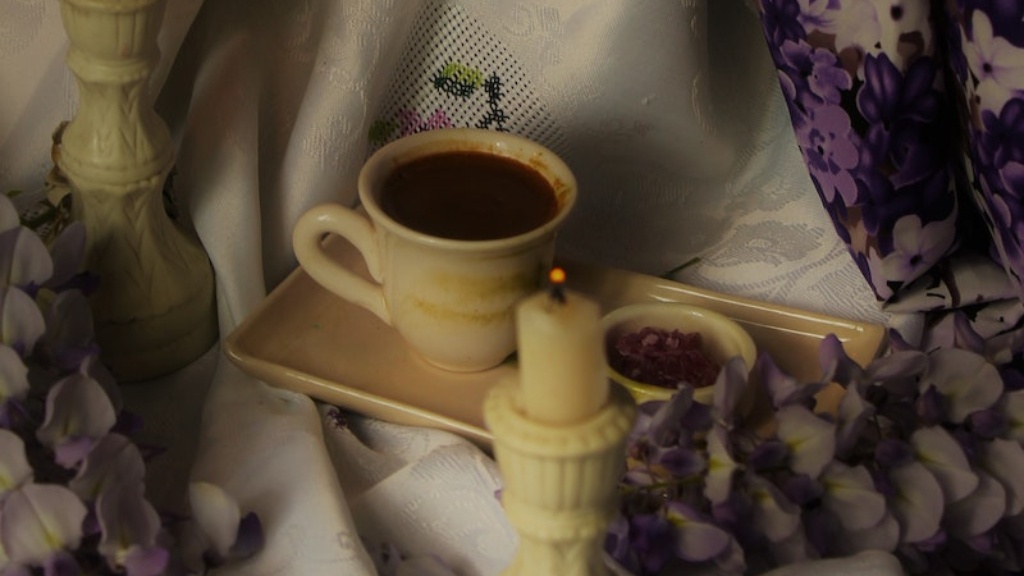What is Ekphrastic Poetry?
Ekphrastic poetry is a form of creative writing that uses elements of art, such as a painting, sculpture, or photograph, to craft a poem. The word ‘ekphrasis’ comes from the Greek ‘ek’ meaning ‘out of’ and ‘phrásis’ meaning ‘speech’. Ekphrastic poetry or writing is considered a response to art or a written visualization of art.
Poets have used ekphrastic poetry for centuries, with ekphrastic writing referenced in famous works, including Homer’s description of the shield of Achilles in The Iliad. Although ekphrastic poetry is most commonly associated with literature, some musicians have also created music inspired by works of art.
Ekphrastic Poetry as a Tool for Learning
In recent years, ekphrastic poetry has grown in popularity as an engagement tool for teaching. By inviting students to create a poem based on a work of art, critical thinking skills can be sharpened. In addition, creative goals can be set by allowing students to explore their thoughts and feelings through written visualization.
As a teaching tool, ekphrastic poems can also be used to help students bridge the gap between art and literature. By discussing how themes and symbols present in one work of art can be written into poetry, fascinating connections can be made.
The Power of Ekphrastic Poetry
Writing ekphrastic poetry provides an opportunity to become more attuned to the visual world. Through ekphrastic poetry, one can learn to move beyond viewing a painting, sculpture, or photograph, in order to communicate thoughts and emotions that the art brings up for them. Additionally, writing ekphrastic poetry can result in a meaningful collaborative process, when many individuals come together and everyone shares their unique interpretations of a work of art.
In particular, ekphrastic poems can be a powerful tool for developing discussion and understanding on controversial topics, as poets are able to explore their own perspectives and experiences through their writing. Through ekphrastic poetry, students can use their own imaginations to create a bridge between art and literature, while deepening their engagement with the world around them.
The Role of Emotion in Ekphrastic Poetry
Ekphrastic poetry, unlike most other forms of poetry, allows one to experience their feelings on a much deeper level. Through writing ekphrastic poems, poets can connect to fundamental emotions that are involved within the artwork and can express them in a way that they can be shared with others. This shared experience can help to develop a deeper emotional understanding and appreciation of art.
One of the most effective ways to write an ekphrastic poem is to focus on the emotional elements of the artwork, looking at the details, symbols, and colors that make the artwork unique. Writing an ekphrastic poem in this way can open up a realm of more meaningful connections and help the poet to make their own emotional connections with the artwork.
Ekphrastic Poetry as an Art Form
Ekphrastic poetry is not only used as a tool for learning, but can also be seen as an important aspect of poetry as an art form. Writing ekphrastic poetry can open up many creative doors, allowing poets to develop and express their own individual perspectives on a piece of art.
When creating ekphrastic poetry, poets often focus on the blend of images and words that the artwork conveys, enabling them to create a unique and vivid style of writing. This combination of images and words creates an opportunity for the poet to explore emotions, experiences, and meanings that might otherwise be difficult to express in other forms of poetry.
Which Statement Best Defines Ekphrastic Poetry?
Ekphrastic poetry is a form of creative writing that uses elements of art, such as a painting, sculpture, or photograph, to craft a poem. It is a response to art and a written visualization of art, and often focuses on the emotional elements of the artwork. Ekphrastic poetry can be used as both a teaching tool to enhance student engagement, and as an art form in itself that allows poets to develop their own individual perspectives.

